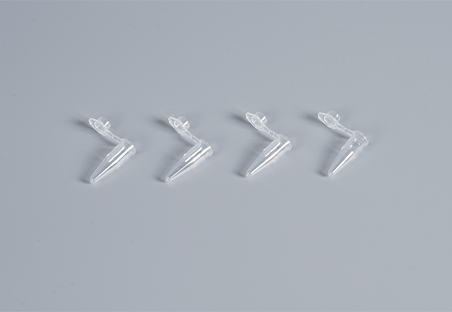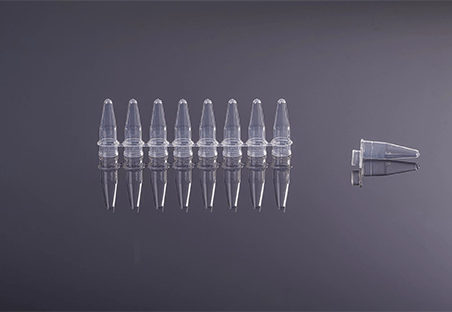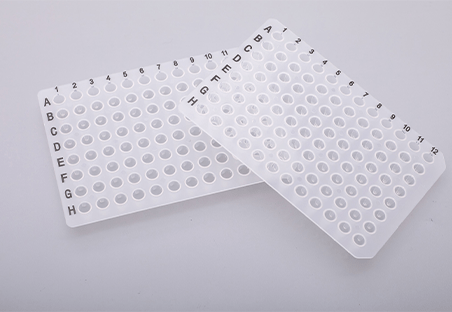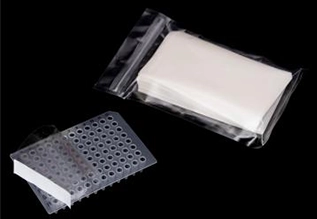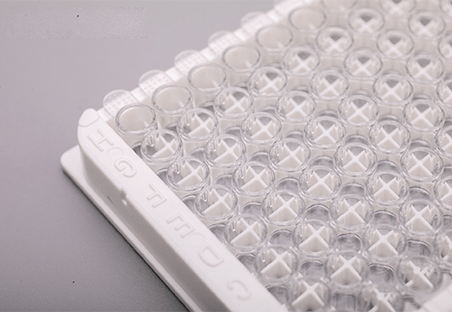The highly sensitive and adaptable Enzyme-Linked Immunosorbent Assay (ELISA) method is used in research and diagnostics to identify and measure particular molecules in a sample. With the help of ELISA, scientists and medical professionals can solve medical mysteries, make precise disease diagnoses, and ultimately enhance patient care. Even at levels undetectable to other techniques, it is capable of detecting minuscule quantities of target molecules. High-accuracy ELISA targeting of particular molecules lowers the possibility of false positives and guarantees accurate results. Many different kinds of molecules, such as proteins, antibodies, hormones, and even viruses, can be found using ELISA. Remaining proteins, antibodies, and impurities that may tamper with the signal and cause overestimation or false positives are eliminated by thorough washing. The article’s main goal is to offer a thorough how-to for ELISA microplate washing.
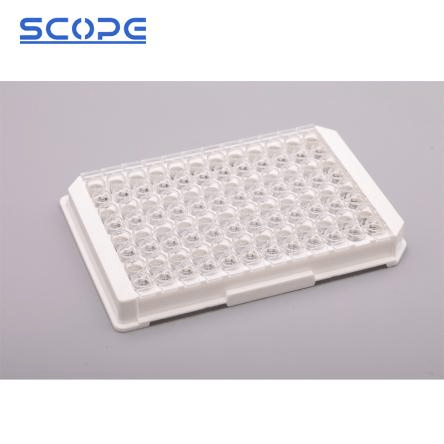
What Are the Different Types of Washing Formats for ELISA Microplates and How to Choose?
In the ELISA world, there’s a big difference in how those microplates get cleaned! Here’s a breakdown of the three main washing formats:
Washing Formats for ELISA Microplates
- Manual Washing:
- The classic detective: In this method, wash buffer is manually aspirated and dispensed well by using a multichannel pipette.
- Pros: Reasonably priced, ideal for small-scale research, and providing exact control over wash volume and location.
- Cons: labor-intensive, prone to mistakes, requiring a high level of manual dexterity, and possibly inconsistent from experiment to experiment.
- Semi-Automatic Washing:
- The tech-savvy detective: This technique makes use of a special washing manifold that is attached to a vacuum pump. When you set the microplate on the manifold, the pump simultaneously aspirates the wash buffer out of each well.
- Pros: Improves consistency, decreases errors, and is faster than manual washing. It is appropriate for experiments with moderate throughput.
- Cons: Less flexible than manual washing, necessitates an initial investment in the manifold and pump, and might not be appropriate for all plate types.
- Automatic Washing:
- The high-tech detective: The microplates are dispensed, aspirated, and even shaken in this fully automated washing station method. You just need to load the plate, and the robot will take care of the rest.
- Pros: Optimal for high-throughput experiments, minimizes errors, provides programmability for optimal wash cycles, and is the fastest and most consistent washing method.
- Cons: The most costly option may be unnecessary for small-scale experiments because it necessitates a large initial investment and ongoing maintenance.
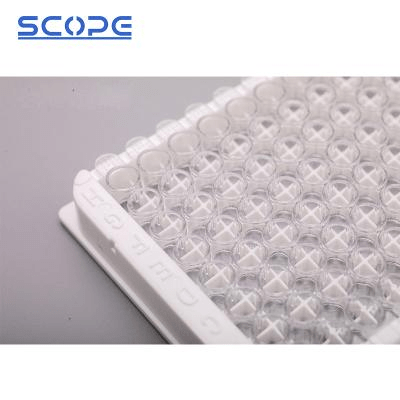
Factors to Choosing the Right Format
- Experiment size and throughput: While automatic washing is best suited for large-scale research, manual washing is appropriate for smaller experiments.
- Budget: The least expensive option is manual, while the most expensive is automatic.
- Desired level of control and flexibility: The most control is available with manual, and minimal intervention is needed with automatic.
- Consistency and reproducibility: The highest degree of consistency between experiments is ensured by automatic washing.
What Are the Practical Steps for Effective Washing ELISA Microplates?
For ELISA to produce accurate and trustworthy results, effective washing is essential. To make sure you’re cleaning those microplates like a pro, follow these helpful guidelines.
1. Pre-washing:
- Empty the plate: To get rid of extra liquid, gently tap the plate against absorbent paper after the incubation phase.
- Fill the plate: Make sure to completely cover each well with wash buffer as you fill it.
- Incubate: Incubate the plate for the suggested amount of time, which is typically 30 to 60 seconds.
- Aspirate: Drain all of the wash buffers from each well. Take care not to come into contact with the well bottoms to prevent disturbing any bound molecules.
2. Washing:
- Choose your method: Decide whether you want an automatic, semi-automatic, or manual washing format.
- Dispense wash buffer: As per your protocol, dispense the appropriate amount of wash buffer into each well.
- Incubation (optional): You may wish to incubate the plate with the wash buffer for a brief period (typically 15-30 seconds), depending on your protocol.
- Aspirate: Ensure that all wells have the wash buffer completely removed by aspirating it out once more.
- Repeat: Repeat the wash steps (aspiration, dispense, and incubate if necessary) for the number of cycles advised (usually 3-5 times).
3. Optimizing your wash:
- Wash buffer: Based on the requirements of your particular assay, select the right buffer composition, pH, and temperature.
- Volume and cycles: Based on the assay sensitivity and possible background noise, modify the wash volume and number of cycles.
- Aspiration technique: To avoid splashing and cross-contamination, use a multichannel pipette with fine tips for manual washing and modify the aspiration speed.
- Plate tapping: After the last wash, gently tap the plate on absorbent paper to get rid of any extra buffer droplets.
4. Troubleshooting:
- High background noise: This could be a sign of non-specific binding, insufficient wash buffer volume, or incomplete washing. To cut down on non-specific interactions, optimize your wash parameters and think about blocking steps.
- Uneven washing: This might be the result of inconsistent dispensing or aspiration. Verify the manifold seals, pipette tips, and buffer flow throughout the washing system.
- Incomplete washing: Make sure the plate is positioned correctly on the washing manifold or that when washing by hand, the pipette tips are reaching the bottom of the wells.
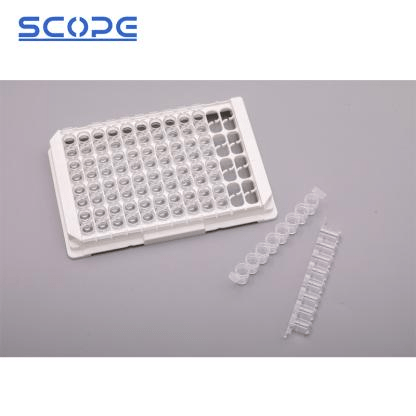
Conclusion
Data distortion, underestimation of target molecules, and false positives can result from improper washing. Learning appropriate cleaning methods resolves these problems and increases the validity of your experiments, increasing the credibility and significance of your study. You can avoid having to repeat experiments because of faulty data when you get accurate results. Cost-effective research is aided by efficient washing, which reduces waste of time, money, and reagents. Gaining proficiency with ELISA washing procedures improves the caliber of your research by guaranteeing sensitive, accurate, and repeatable data. At the same time, you should choose ELISA microplates provided by professional laboratory consumables suppliers. This enables you to make significant contributions to your field, come to trustworthy conclusions, and possibly even make important discoveries.
